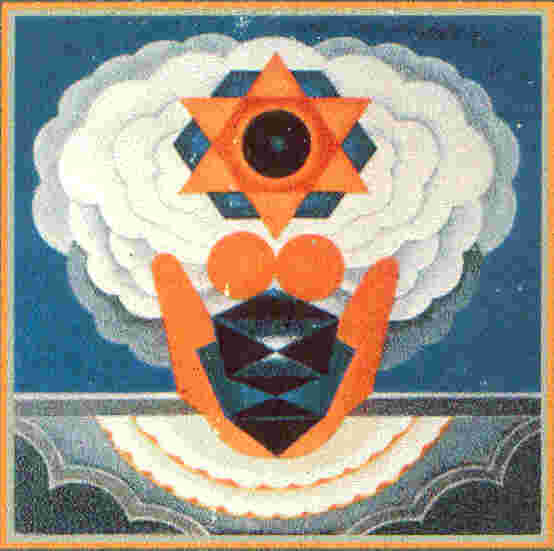|

|

|
|
Kashmiri Pandits' Association, Mumbai, India |

|
| | Home | January-March 2002 Issue | |
|
From the Pages of HistorySelecting A Successor... J. N. Kachroo
Didda
was the daughter of Simharaja, the chief of Lohara. According to Stein,
Lohara comprised the hilly districts immediately adjoining the Kashmir
valley on the south-west and now a part of Poonch.
It was, therefore, widely feared that after her death, there would be chaos and stampede for succession, as she had spared none in the royal lineage as a legal claimant. Civil war and bloodshed was expected to settle the matter. But some elderly people had the faith in the ability of Dida to find a way and avoid a blood bath. Events that followed proved them right and also proved the shrewdness of the lady with an iron hand. Inspite of all the defects in her character, she remained to the last in possession of the Kashmir throne, and was able to bequeath it to her family in undisputed succession. Didda had a large number of nephews, all young boys. She decided to nominate one of them as heir apparent. But whom and how? She did not like to make an arbitrary choice. She was keen that none of her nephews got any reason to believe that they were ignored, nor did she like any of her brothers to feel that she was partial. She wanted to ensure unity in the family of her parents to have any discord before power would flow to them. She played a master game. She called
all of them and also placed a heap of apples before them. She told them
that she would see how many could each pick. There was a scramble among
the youngsters. She noticed that Sangramraja, son of her brother Udayraja,
had picked up not only the largest number, but was quite unhurt. She asked
him how had he succeeded in getting so many, he replied that while remaining
aloof from the scramble he had induced the other boys to do so and in the
fighting that ensued he had picked up the fruits with ease. On hearing
this, that adept in statecraft, Didda considered him the wisest and fittest
of them all. She selected him her successor and nominated him as the heir
apparent. Thus the throne passed on to the Lohara Dynasty.
|
|
|
JOIN US |
|
|

 Kashmir
was ruled by Kshemgupta from 950-958 AD. He was the son of Parvagupta who
had secured the throne by treachery after the death of Yasakara. His rule
was insignificant. However, his marriage with Didda influenced the history
of Kashmir during following centuries.
Kashmir
was ruled by Kshemgupta from 950-958 AD. He was the son of Parvagupta who
had secured the throne by treachery after the death of Yasakara. His rule
was insignificant. However, his marriage with Didda influenced the history
of Kashmir during following centuries.


